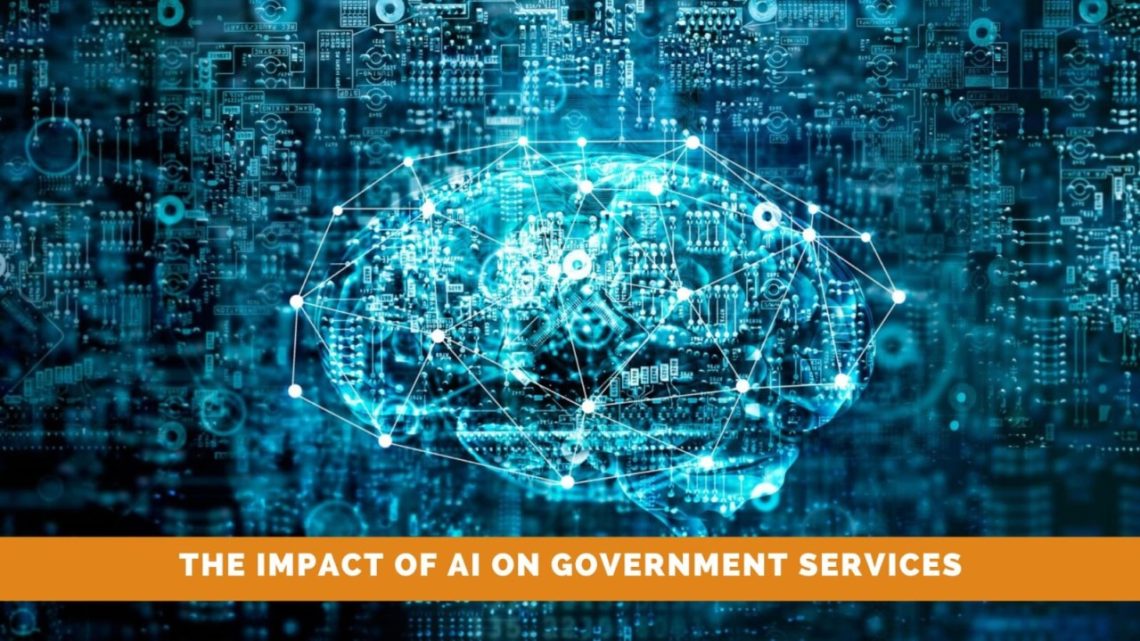
Is Artificial Intelligence the Answer for Better Government Services?
July 10, 2024Governments have long been interested in using chatbots to automate their services. Initially, these chatbots had limited conversational abilities. However, the emergence of generative AI has revived the vision of more efficient public services. These AI-driven systems can provide human-like responses, offering 24/7 assistance on various topics such as benefits and taxes.
Generative AI, if trained on high-quality data, could theoretically handle numerous questions about government services. However, it is also known for making mistakes, or “hallucinations.” In the UK, the Government Digital Service (GDS) tested a ChatGPT-based chatbot called GOV.UK Chat. While 70% of users found the responses useful, there were instances where the chatbot provided incorrect information.
The GDS noted that answers often did not meet the high accuracy standards required for a government site like GOV.UK. They are working to address these accuracy and reliability issues. Other countries are also experimenting with generative AI systems. For instance, Portugal’s Justice Practical Guide, based on OpenAI’s GPT-4.0, answers basic questions about topics like marriage, divorce, and setting up a company. However, it struggles with more complex questions and still faces issues with trustworthiness.
Experts advise caution in deploying AI chatbots as replacements for human employees. Colin van Noordt, a researcher on AI in government, suggests using chatbots as additional services rather than replacements for human staff. This approach can help in finding information quickly without reducing costs by cutting human jobs.
Sven Nyholm, a professor of AI ethics, emphasizes the importance of accountability. Unlike humans, AI chatbots cannot be held accountable for their actions. Public administration requires human accountability to ensure reliability and ethical standards. Newer chatbots may appear intelligent and creative, but their mistakes can sometimes be dangerous if users rely on their recommendations.
Estonia offers an alternative approach. Known for its digitized public services, Estonia uses Natural Language Processing (NLP) instead of Large Language Models (LLMs) like ChatGPT. Estonia’s chatbots, under the name Bürokratt, break down requests into segments and identify keywords. If the chatbot cannot provide an answer, a customer support agent takes over. This system offers greater control and transparency, reducing the risk of incorrect or misleading answers.
While LLM-based chatbots provide more nuanced answers, they come with less control and consistency. As van Noordt points out, NLP models offer more controlled and transparent operations, albeit with limited conversational abilities.
In conclusion, while AI chatbots show promise for enhancing government services, they are not yet ready to replace human workers entirely. Combining AI with human oversight seems to be the most effective approach for now, ensuring both efficiency and accountability in public administration.

